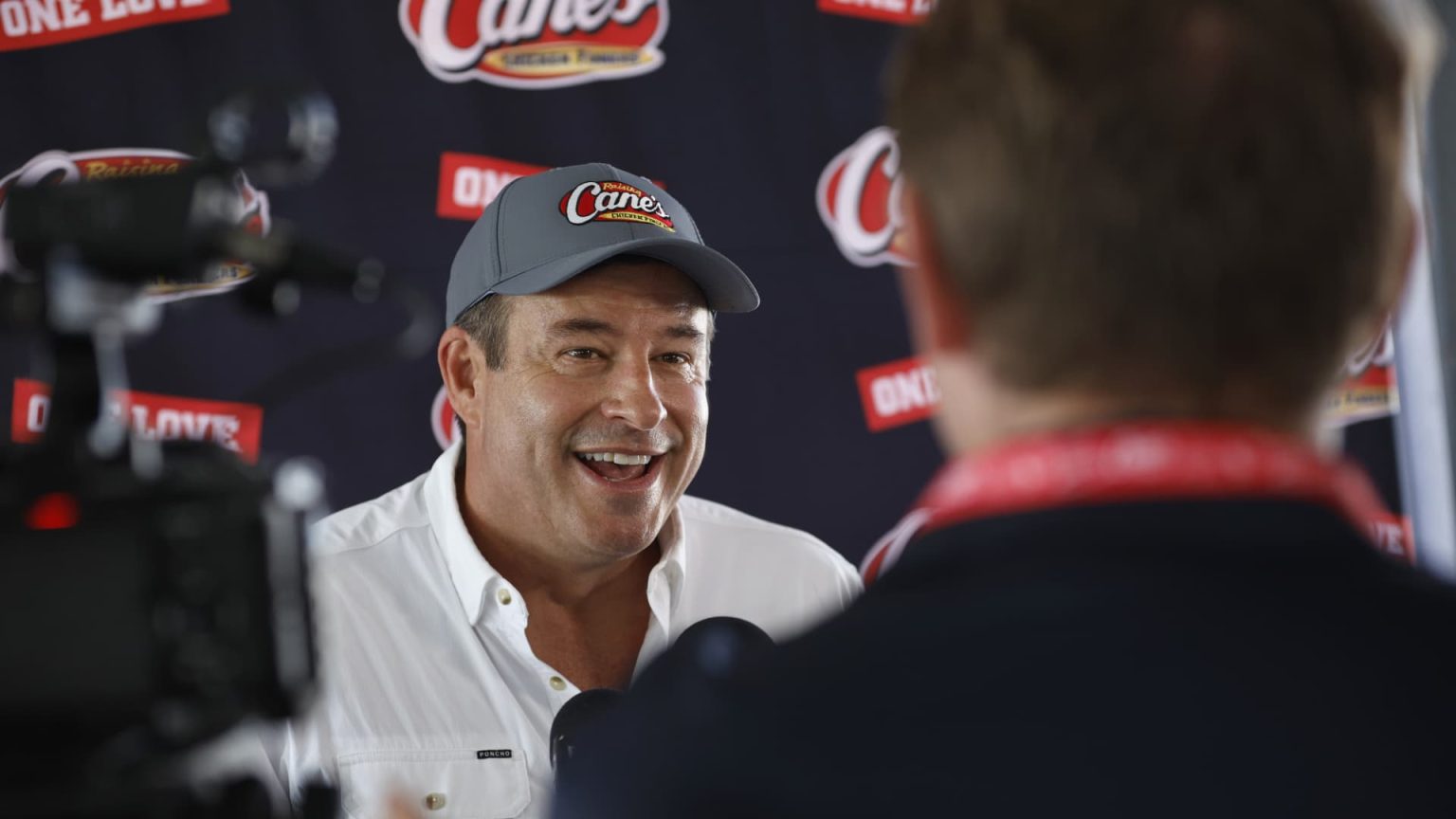Todd Graves, co-CEO and founder of Raising Cane’s Chicken Fingers, took a high-risk funding strategy that almost cost him his dream. Despite the initial challenges, Graves’ 90% ownership stake in the company has made him worth an estimated $9.5 billion. To open Raising Cane’s first location, Graves had to work long hours in an oil refinery and fish for salmon in Alaska to raise enough capital. He took out loans with private investors at a 15% interest rate and then used the cash to secure larger loans from community banks, treating the debt as equity.
Graves’ risky decision to take on significant debt almost led to the downfall of the business when Hurricane Katrina shut down 21 of 28 stores in the Baton Rouge area in 2005. The temporary loss of revenue put the business at risk of defaulting, teaching Graves an important lesson in balancing risk. Today, Graves ensures that Raising Cane’s maintains a debt-to-ownership ratio of less than three dollars for every dollar it owns, a standard in the industry to manage risk. Bryan Bean, EVP of corporate banking at Pinnacle Financial Partners, notes that many businesses with high debt loads may not survive long-term, making Graves’ successful management of the debt load impressive.
Taking out loans to grow a company can be beneficial, as Warren Buffett’s business partner Charlie Munger once said Berkshire Hathaway would be worth twice as much if it had used leverage. Graves’ decision to raise money through debt, rather than through investors, allowed him to retain almost all ownership of Raising Cane’s. However, the risk of holding a lot of debt lies in the ability to weather unexpected events like Hurricane Katrina, which can pose a significant threat to the business. Despite these challenges, Raising Cane’s has transformed into a business generating $3.7 billion in net sales, an impressive feat attributed to Graves’ strategic decision-making.
Graves attributes the survival of Raising Cane’s to luck and the ability to reopen quickly after Hurricane Katrina. He acknowledges that his risky move was a product of youth and inexperience, highlighting the importance of learning from past mistakes. Bean emphasizes the difficult road Graves faced due to the risky capital structure he chose, laden with expensive debt. Graves’ success in navigating these challenges and growing Raising Cane’s speaks to his resilience and ability to learn from adversity.
Overall, Graves’ bold strategy paid off despite the close call he faced early on in the business’s history. His experience serves as a lesson in managing debt and risk in business, showcasing the importance of balancing ambition with caution. As Graves continues to lead Raising Cane’s to success, his journey serves as inspiration for aspiring entrepreneurs navigating the complexities of business growth.













